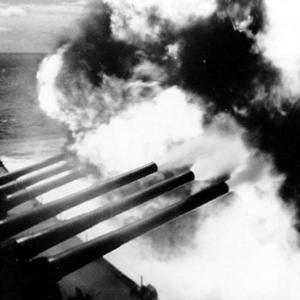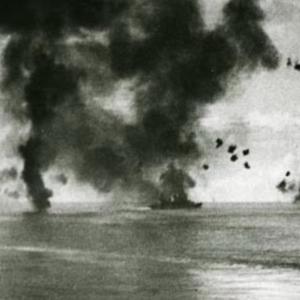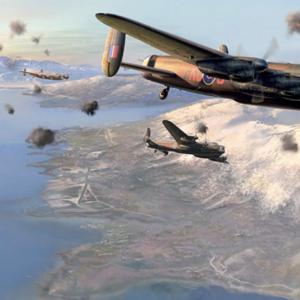
USA bombs Iran
In a decisive preemptive strike, the United States launched a high-level air operation against Iran's deeply buried nuclear facilities, utilizing state-of-the-art stealth aircraft and advanced precision munitions. The operation was designed to cripple Iran's ability to rapidly advance its nuclear weapons program by targeting hardened and subterranean structures believed to house uranium enrichment and weaponization infrastructure.
The primary platform for the attack was the Northrop Grumman B-2 Spirit, the U.S. Air Force's premier long-range stealth bomber. The B-2, known for its flying wing design and radar-absorbent materials, was selected for its ability to evade sophisticated air defense systems and deliver heavy ordnance with pinpoint accuracy. Each B-2 is capable of carrying up to 40,000 pounds of munitions, including precision-guided bombs.
In this operation, the B-2s were equipped with GBU-57A/B Massive Ordnance Penetrators (MOPs)—a 30,000-pound bunker-busting bomb designed to penetrate reinforced concrete and granite before detonating deep underground. The MOP was specifically developed to neutralize fortified nuclear sites such as Iran’s Fordow Fuel Enrichment Plant and Natanz facility, which are built into mountains or deep beneath the earth.
Supporting the B-2s were Lockheed Martin F-22 Raptors, tasked with air superiority and suppression of enemy air defenses. Though the B-2s can operate independently, the F-22s helped clear potential aerial threats and jam radar installations ahead of the main strike. Electronic warfare aircraft such as the EA-18G Growler also played a role in disrupting Iranian radar and communication systems.
Mid-air refueling operations were coordinated by KC-135 Stratotankers and KC-46 Pegasus aircraft, allowing the stealth bombers to complete the long-range mission from bases likely in Diego Garcia or undisclosed locations in the Middle East without landing in hostile territory.
The strikes specifically targeted centrifuge halls, uranium enrichment tunnels, and command-and-control nodes. Satellite and drone surveillance confirmed direct hits on multiple hardened facilities. The Pentagon described the mission as a "limited strategic action" intended to delay Iran’s nuclear breakout potential without engaging in a prolonged conflict.
Despite precision targeting to minimize collateral damage, Iran reported casualties among personnel stationed at or near the sites. Tehran has since condemned the attack as an act of aggression and a violation of its sovereignty, promising a “calculated response.”
The international community is deeply divided. U.S. allies in the region, including Israel and Saudi Arabia, have quietly expressed support, seeing Iran’s nuclear ambitions as an existential threat. Meanwhile, the European Union and the United Nations have called for restraint, urging all parties to return to diplomatic negotiations under the Joint Comprehensive Plan of Action (JCPOA) framework.
With tensions now at a new high, the strike marks a significant escalation in the long-standing standoff between Washington and Tehran over nuclear proliferation and regional security.










